The use of ash for cabbage
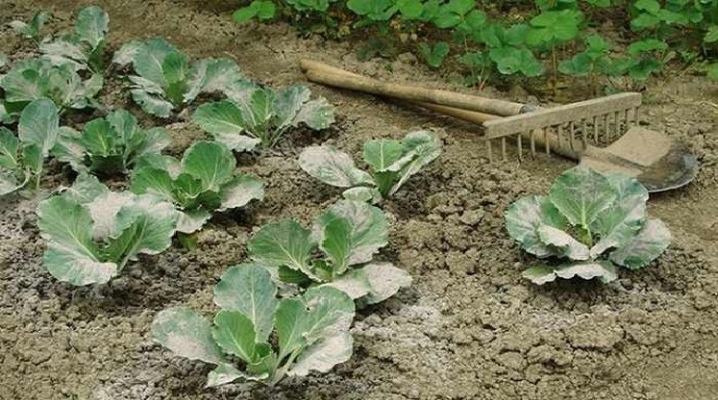
Ash is considered a popular top dressing that can significantly increase the yield of cabbage and protect it from pests. This fertilizer was also used by our grandfathers and grandmothers. Today it is preferred by gardeners who do not trust chemical solutions, making a choice in favor of organic matter.

Advantages and disadvantages
Wood ash is a powdery substance that is formed after the combustion of coniferous and deciduous wood, plant residues, peat, coal and straw. It contains potassium, phosphorus, calcium, sulfur, iron, molybdenum and other trace elements that cabbage and cauliflower love. The benefits of such feeding are obvious:
-
replenishes the deficiency of potassium and phosphorus, replaces ready-made store fertilizers;
-
helps to increase crop yields;
-
lightens heavy substrates;
-
improves air permeability of the soil;
-
normalizes the pH of acidified soils.
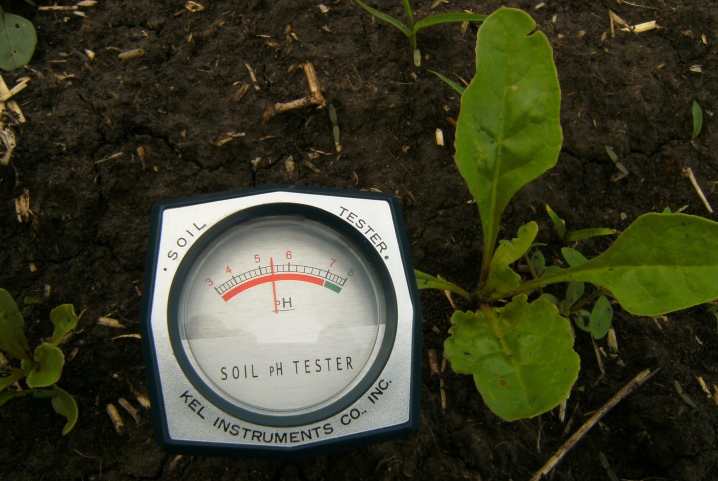
Unlike store-bought chemicals, this additive is 100% environmentally friendly and safe for plants, it does not harm people and pets. This fertilizer does not cause allergic reactions and chemical burns on human skin, does not damage the respiratory system and mucous membranes of the eyes. When working with ash compositions, there is no need to use respirators, masks and protective gloves.
The advantages of ash include its availability and economy. So, not every gardener is able to purchase expensive fertilizers.
You can get wood ash on your site in any required quantity, and completely free of charge.

Feeding cabbage with ash, you can increase the plant's immunity and thereby minimize the risk of developing fungal and bacterial diseases. Wood ash has proven to be an excellent remedy against certain types of pests. In addition, it is often added to compost pits - in this case, it accelerates the decomposition of organic matter and improves the structure of the compost.
There are practically no drawbacks to ash. It can harm cabbage only if synthetic components get into the ground along with the ash. Therefore, it is unacceptable to use ash obtained after burning chipboard and laminated boards, painted and varnished boards in the garden. Plastic or polyethylene must not be burned with wood. Fertilizers based on birch are most effective - such ash is universal and can be used for treating trees, shrubs and young seedlings.
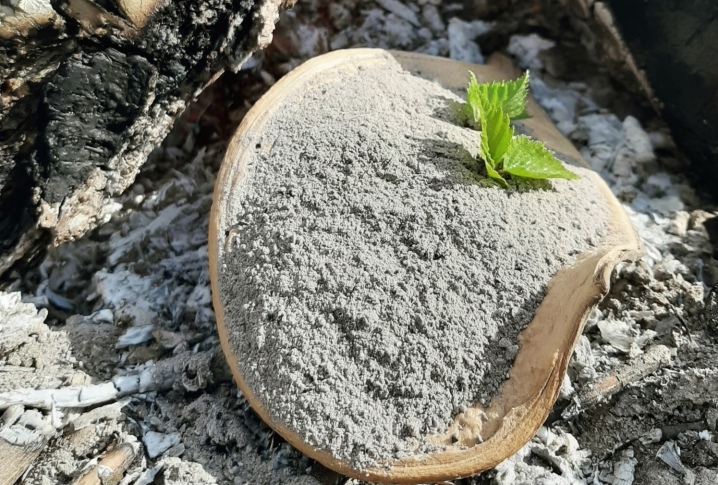
Fertilizer recipes
For feeding seedlings and strengthening the bushes planted in the garden, the easiest way is to use ash fertilizers in liquid form. The components of the solution are better absorbed by the root system of young cabbage and give a more pronounced effect on its growth and development. Usually, infusions and solutions are prepared.
Ash infusion
It is prepared according to the following scheme:
-
350-400 g of wood ash is sieved and poured into a clean bucket;
-
pour boiling water over, stirring thoroughly;
-
insist 1-2 days.
Before use, filter the liquid, and then water the cabbage under the root or spray it with a spray bottle.

Ash solution
For watering cabbage beds, you can prepare a solution:
-
a glass of crushed ash is poured with a bucket of warm water;
-
mix;
-
filter.
This nutrient can be used immediately after preparation.
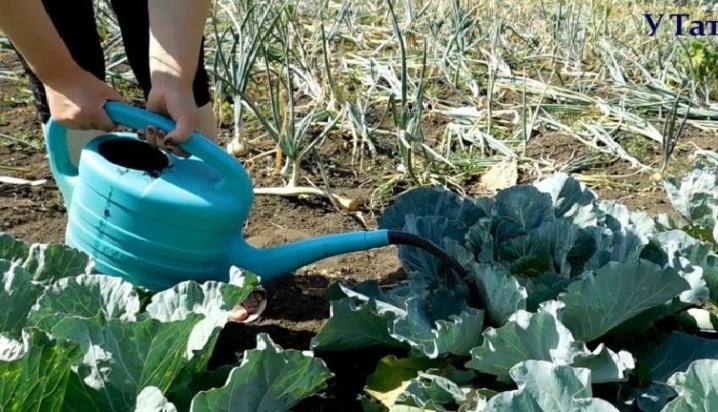
Top dressing
Despite all the advantages of ash fertilization, fertilization should not be applied randomly, exceeding the recommended dosages. Fertilize cabbage correctly. It is advisable to carry out processing taking into account the phases of the growing season of the culture - only in this case the product will benefit the cabbage. To increase efficiency, ash is mixed with other fertilizers, thus making up complex mixtures.
Timing
Usually, ash is brought under cabbage bushes according to a certain scheme.
-
Immediately after planting in a greenhouse or open ground. This makes it easier for the plant to adapt to new conditions and alleviates stress.
-
10 days after the first feeding, the second ash / ash solution is applied.
-
Throughout the growing season, cabbage must be fed with mineral fertilizers, including wood ash. In general, during the period of growth and flowering, top dressing based on ash is applied 4 times.
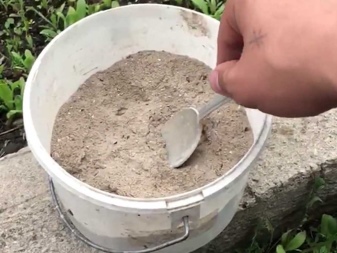
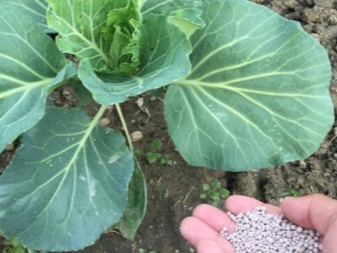
Application technology
Important: before using ash fertilizers, it is necessary to determine the parameters of soil acidity. If the reaction turns out to be alkaline, you should not use such a dressing, as this will degrade the quality of the substrate. But for acidic soil, wood ash will come in handy, since the output will be a neutral reaction.
When feeding seedlings, dry ash is usually used; it is applied by pollination of stems and leaves. This treatment is repeated every 8-10 days, then the cabbage will grow much faster. After 2 or 3 permanent leaves appear on the stem, pollination can be carried out with a mixture of ash and tobacco dust - these measures will protect the plant from cabbage flies and other pests.
When planting plants in open ground, ash is introduced into the planting holes along with humus. If this is not done, then after 10-12 days the first feeding should be carried out. To do this, 200 g of ash and 50 g of superphosphate are poured with a bucket of water, mixed and applied to the garden at the rate of 500 ml for each bush.
Watering is desirable in the evening or cloudy weather, while you need to ensure that the composition does not fall on the leaves and stems.
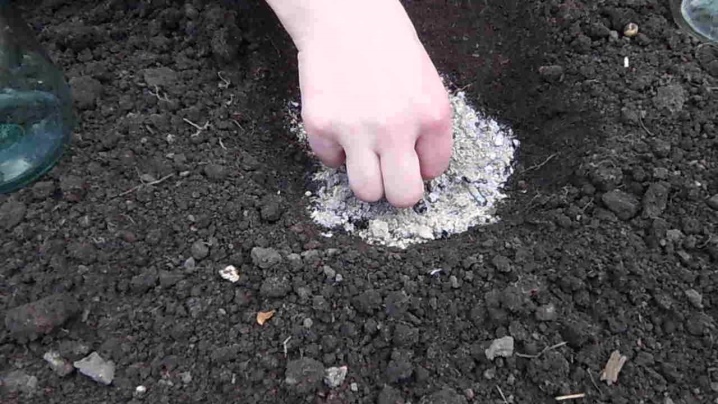
The second time the plants need to be fed after 2 weeks. To do this, pour a glass of ash into a bucket of water and add 0.5 kg of bird droppings or mullein. After that, you need to thoroughly mix the solution, strain and add 1 liter under each bush.
The third and fourth dressings are carried out only for mid- and late-ripening cabbage varieties, since the early ones by this moment have already tied the heads of cabbage, gaining taste and do not need ash fertilizers. At this stage, a simple solution is prepared from wood ash and the beds are watered - for each square meter of the crop area, 5-6 liters of solution must be added.
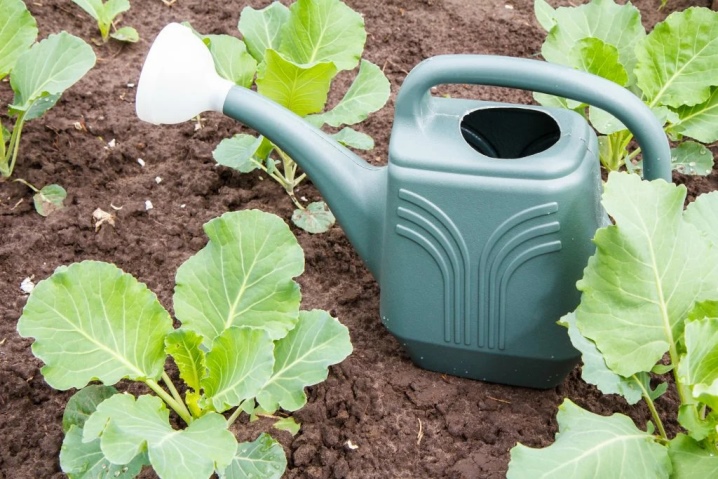
In what form to use against pests?
Ash has established itself as an effective means of repelling garden pests. It is used in the form of dry ash powder, infusion, decoction or solution. Such funds are most often used for prevention, but they can help in the initial stages of damage, when the number of pests is small.
Dry ash
The easiest way to use wood ash, which does not require complex preparation. Ash is crushed and sieved through a fine sieve to remove coarse fraction and wood residues. The resulting powder is used in one of 3 ways.
-
Application to the upper layers of the soil. This procedure is carried out before planting cabbage in the spring. This approach allows you to resist snails and slugs, as well as destroy the larvae of the cabbage fly.
-
Dusting bushes. In this case, the cabbage bushes are sprayed with water from a spray bottle and then the powder is sprayed. Dry ash can be sprinkled on the beds both in pure form and in combination with tobacco dust or red pepper powder. This will significantly improve the effectiveness of protection. This method keeps the cabbage free from cruciferous midges and aphids.
-
Ash insertion into deep soil layers. It is used during autumn digging or in spring when forming a sowing hole. This method is highly effective and helps in the fight against bear, wireworm, butterfly larvae and cabbage fly.

Infusion
In liquid form, ash acts on pests much faster. In addition, it stays on the leaves longer. Prepare a solution according to the following scheme:
-
200-300 g of sifted wood ash is poured into a bucket;
-
pour in water and mix thoroughly;
-
a homogeneous mass is left for several hours to infuse.
Before processing, a soapy substance is added to the resulting infusion - it can be green soap preparations, grated laundry soap, or a few drops of liquid soap.
The resulting composition is poured into a container and sprayed onto cabbage bushes through a spray bottle. The ash solution is applied only in dry weather, preferably in the evening or in the morning immediately after dawn. For greater efficiency, plants need to be treated several times, it is advisable to spray every 2 days.
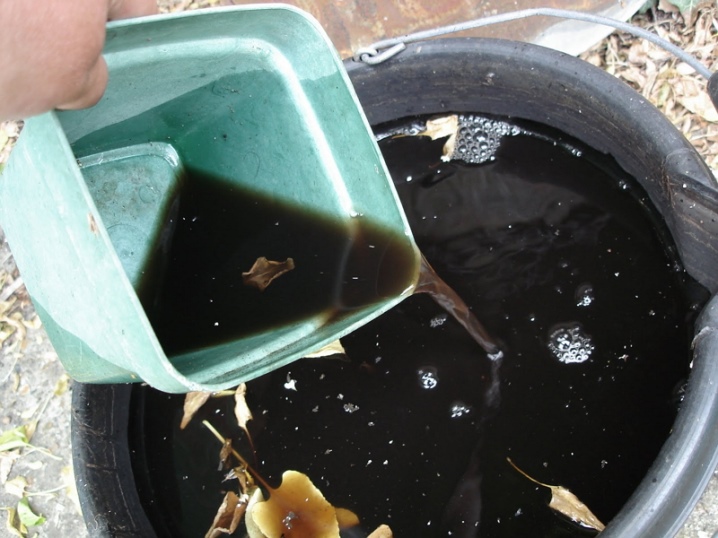
In addition to repelling pests, this composition will have a beneficial effect on the growth and development of culture.
Decoction
Ash decoction is quick and easy to prepare. It has the ability to protect cabbage from slugs and snails. Its preparation comes down to a few simple steps:
-
300 g of sifted wood ash is poured into 1.5 liters of boiling water;
-
the container is placed on low heat and boiled for 30-40 minutes, stirring occasionally;
-
the finished composition is cooled and filtered through cheesecloth to remove the coarse fraction;
-
before use, the broth must be diluted with water, bringing to a volume of 10 liters.
Such a remedy helps not only cabbage beds. It can be applied to many other garden crops as well.
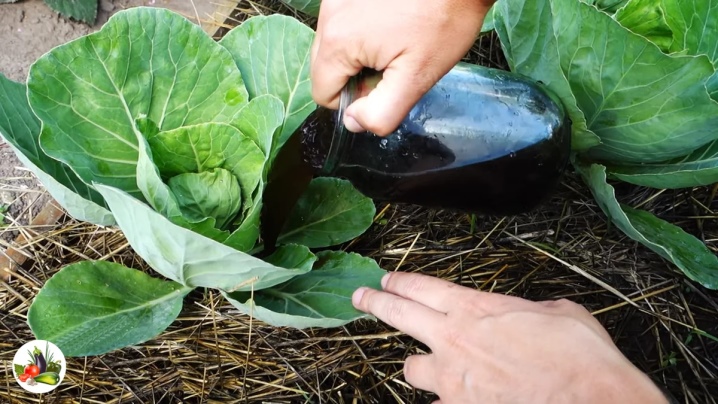













The comment was sent successfully.